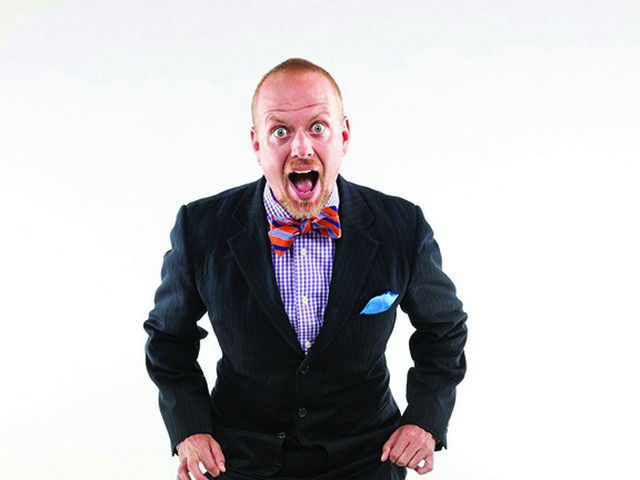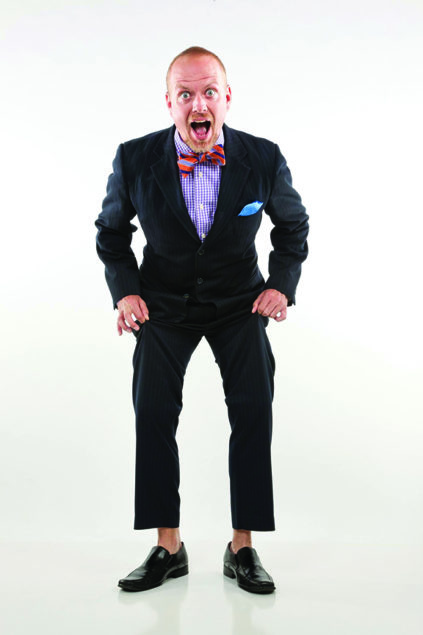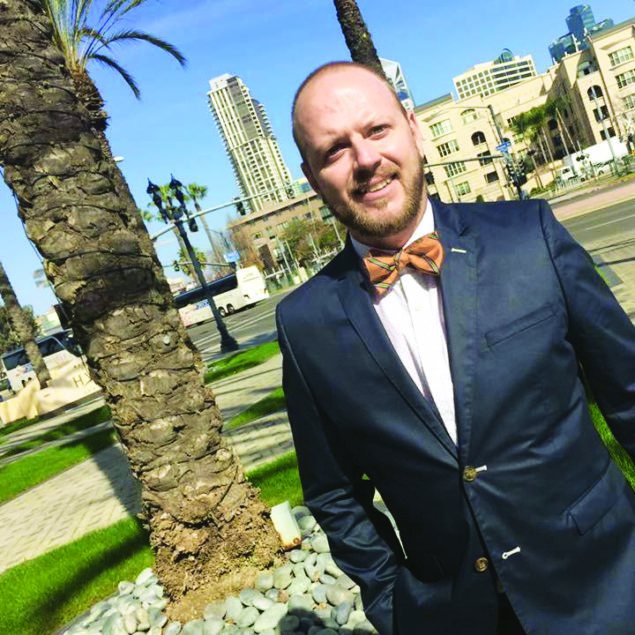I’m not sure about you, but I’m not running to my car to turn on the radio and listen to another unsolicited ad.
In fact, the more I think about it, I’ve never been excited about hearing radios ads.
I can’t say the same for the radio in general though, I mean, next to television it was the main way of consuming music in the 80’s and ‘90s.
If you had told me back then that we would consume similar audio content on devices called smartphones, I would have looked at you like you had 10 heads and boogers.
Well, we’re clearly not living in those times, technology has changed significantly since, and it’s been our job to adapt. It’s evolved into things like podcasting, a 15-year-old technology, just now becoming popular over past 3 years.
A majority of its popularity being spawned from the hit podcast, “Serial”.
Here’s the short version of what the show is all about…
Serial is an investigative journalism podcast hosted by Sarah Koenig, narrating a nonfiction story over multiple episodes. The series was co-created and is co-produced by Koenig and Julie Snyder and developed by This American Life. Season one investigated the 1999 murder of Hae Min Lee, an 18-year-old student at Woodlawn High School in Baltimore. Season two focused on Sergeant Bowe Bergdahl, an American Army soldier who was held for five years by the Taliban, and then charged with desertion. Season three, which debuted in September 2018, explores cases within the Justice Center Complex in the Cleveland area. Serial ranked number one on iTunes even before its debut and remained there for several weeks.
1. Serial won a Peabody Award in April 2015 for its innovative telling of a long-form nonfiction story.
2. As of September 2018, episodes of seasons one and two have been downloaded over 340 million times, establishing an ongoing podcast world record.
3. (source: Wikipedia)
Alright, so we’ve established that podcasts are clearly better than traditional radio and that the technology is here to stay.
Now, where do YOU fit into the whole podcast equation?
Podcasts are simply another layer of your brand and/or personal brand. They enable you to provide valuable content while building a community of listeners at the same time.
Around 85 percent of the people I talk to are PETRIFIED of being on camera or even the thought of them being on video. I guess this is grouped into the same fear factor category of public speaking.
I once read a stat that people’s #1 fear is public speaking. #2, death.
Riddle me that one.
The easy solution to your on-camera fear?
A podcast.
You can hide behind your microphone, while still sharing your message and building a community. It’s an excellent starting point and hopefully, at some point, the turtle will stick their little head out and venture into a video. You’ll pretty much be forced to at some point in the future, it’s just how technology rolls.
Here are 5 practical ways to launch a podcast in 2019:
CONCEPTUALIZE IT! Come up with a show name and define the type of show it will be. (Interview series, talking head, a mix of both, etc.) then head over to Canva and create a simple logo for your show! (This will enable you to brand the show and tease it for the show launches.)
SCRIPT IT! Write down 4 show topics. Under each topic create key points that you want to talk about on that episode. Keep it simple. Be sure to use a separate sheet for each episode as this will act as a guide for you during the show and can also be used for “show notes” that you include in the description of the show.
RECORD IT! Download the Anchor.fm app – while I haven’t used this app yet, I hear great things about the ease of you with recording a podcast episode and getting published, within minutes. Oh, and it’s FREE, which is always a great price. This is a smartphone app so you’ll need to be in a quiet spot to record. My closet is always one of my fav spots to record on the fly. It won’t hurt to grab one of these nifty little lapel mics from Amazon, which will set you back $11-$25. An alternative to this app would be the Voice Recorder on your phone or using a USB mic that plugs into your computer, then recording with GarageBand (for MAC users) or Audacity (for PC users), both are free.
HOST IT! Sign up for a podcast hosting service like Pippa.io – this is the service I use and I LOVE IT! It allows you to upload the audio file of your podcast episode, then it distributes the episode to Apple iTunes, Google Podcasts, iHeartRadio, Spotify and few other audio hosting platforms. You can also upload it to YouTube as a “video” and you can transcribe it for a blog post and text in your description.
SHARE IT! Podcasts are the not the easiest thing to market because they are audio files, but it’s not impossible. Start marketing and teasing the launch of your show well before your first episode of recorded. Get people aware of your launch. This will also hold you accountable to sticking with the set launch date. Create a marketing flyer in Canva, share it on all platforms that you’re active on. Once you have the first episode recorded, you can use the link your hosting provider (Pippa) gives you once you post the episode. CONSISTENCY IS KEY!
This, of course, is not the end all game-plan for launching a podcast. The goal of this post is to help you better understand the WHY of launching a podcast and then some practical steps to actually making it a reality!
In my FREE Podcast Launch class, I take you through all 9 steps of the launch process, and again, it’s FREE! Just visit FreePodcastLaunchClass.com
Need help launching your podcast? Visit the PodcastLaunchLab.com
Questions about launching a podcast? Feel free to email me!
Sebastian Rusk is a Social Media Strategist, Keynote Speaker, and Event Emcee. His agency, SocialBuzzTV.com helps businesses and brands tell their digital story with BUZZ videos and podcasts. Sebastian can be reached at 786-273-7875 or srusk@SociaBuzzTV.com.








